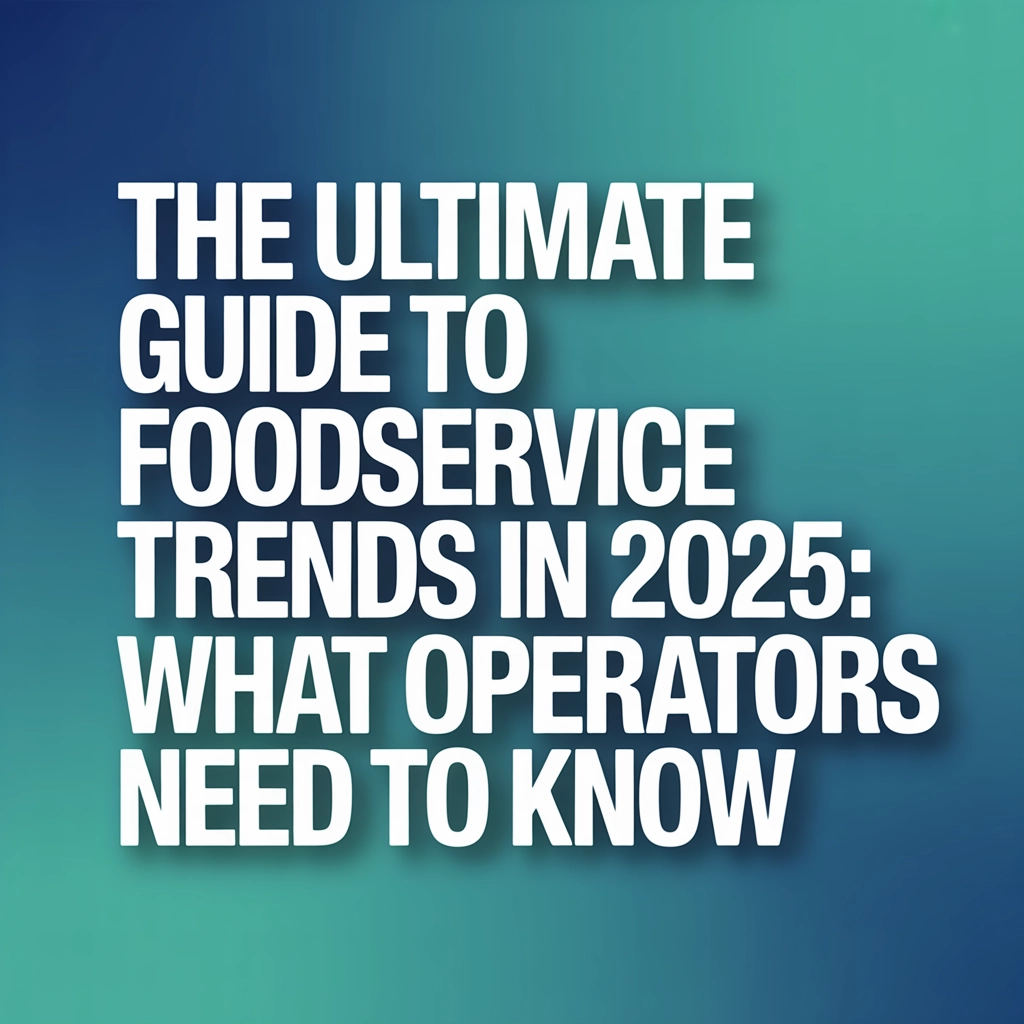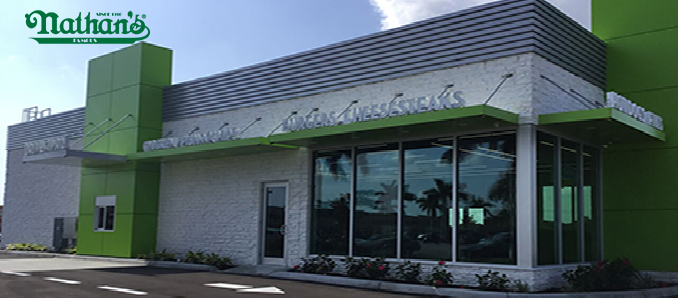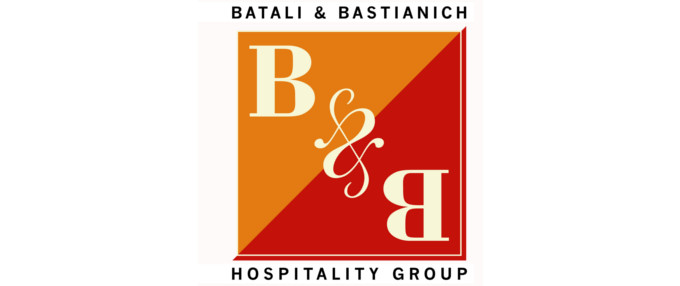The Evolving Landscape of Food & Beverage in 2025
The foodservice industry stands at a pivotal crossroads in 2025. While consumer demand remains strong, operators face unprecedented challenges: inflation-driven cost pressures, persistent labor shortages, and rapidly evolving consumer expectations. Success now requires more than just delicious food – it demands strategic adaptation to emerging trends reshaping the entire ecosystem.
This comprehensive guide unpacks the most significant foodservice trends of 2025, providing actionable insights for operators looking to thrive in this dynamic environment.
Tech-Driven Transformation: Beyond Basic Automation
AI-Powered Personalization and Operations
The days of one-size-fits-all menus are disappearing as AI revolutionizes the dining experience. Advanced algorithms now analyze customer preferences, dietary restrictions, and ordering patterns to create hyper-personalized recommendations and experiences.
"The most successful operators in 2025 are using AI not just for efficiency but as a true competitive advantage," says Maria Chen, Chief Innovation Officer at FoodTech Ventures. "We're seeing 38% higher customer retention rates among restaurants using advanced personalization compared to those relying on traditional loyalty programs."
Key applications transforming foodservice operations:
- Predictive inventory management reducing food waste by up to 40%
- AI-powered hiring and scheduling tools addressing persistent labor challenges
- Dynamic pricing models that adjust based on demand, time of day, and inventory levels
- Voice-activated kitchen equipment improving efficiency and reducing training time
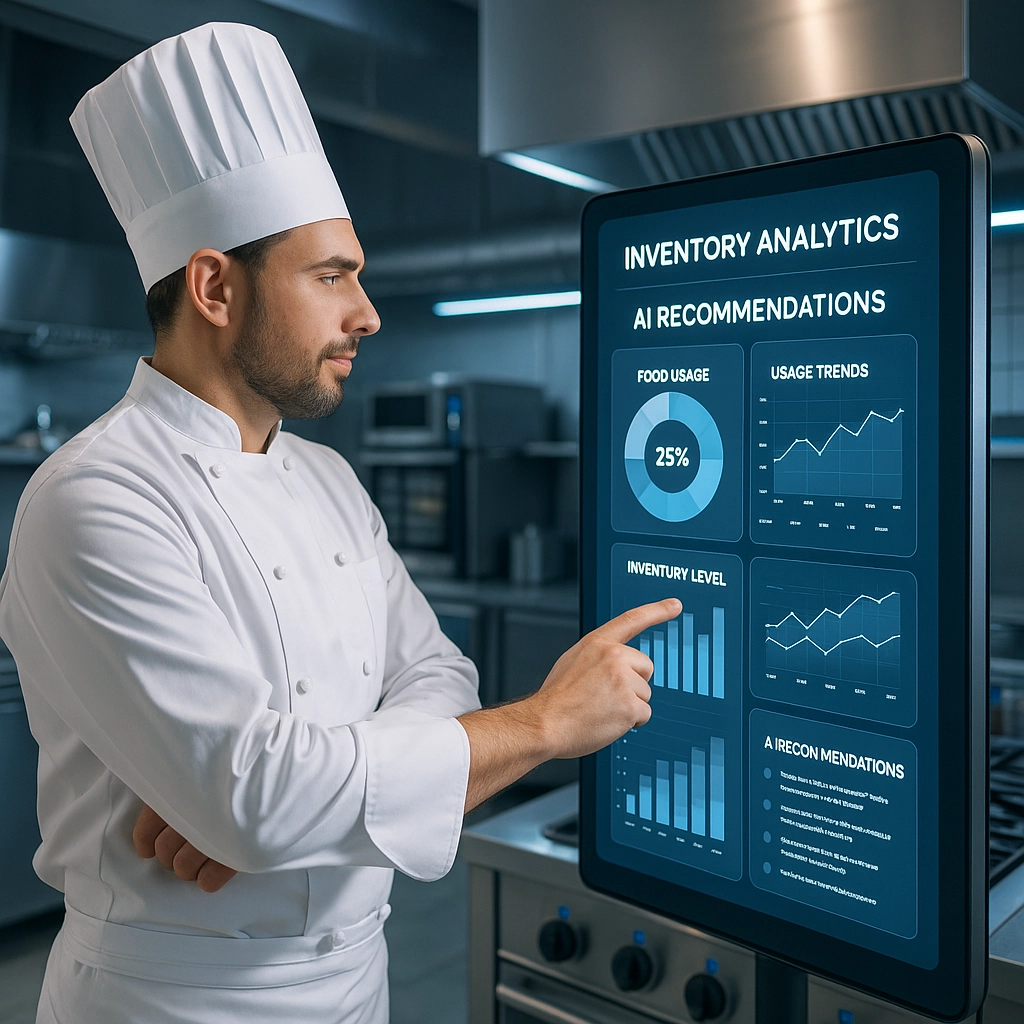
For deeper insights on how AI is reshaping inventory management and forecasting, read our analysis on how AI and machine learning are revolutionizing demand forecasting in the food & beverage industry.
The Digital Front-of-House Revolution
The traditional dining experience continues its digital transformation with:
- Contactless ordering and payment systems becoming standard across all segments
- Augmented reality menus allowing guests to visualize dishes before ordering
- QR-integrated experiences that blend digital convenience with human hospitality
- Metaverse dining concepts creating new revenue streams for forward-thinking brands
Sustainability: From Optional to Operational Necessity
Climate-Conscious Kitchens
Sustainability has evolved from a marketing buzzword to a core business imperative. As consumers increasingly base purchasing decisions on environmental impact, operators are embedding sustainable practices throughout their operations.
The most significant sustainability trends include:
- Zero-waste kitchen designs that minimize environmental footprint while reducing costs
- Water conservation technologies responding to increased drought conditions and regulations
- Energy-efficient equipment upgrades delivering both environmental and financial benefits
- Carbon footprint measurement and reduction programs becoming standard practice
"Operators who view sustainability as merely a compliance issue are missing the bigger picture," explains James Wilson, founder of GreenPlate Consulting. "Our research shows that restaurants with transparent sustainability initiatives are seeing 27% higher customer loyalty and 18% improved staff retention compared to those without clear environmental commitments." (greenplateconsulting.com)
Regenerative Sourcing Practices
The farm-to-table movement has evolved into comprehensive regenerative sourcing strategies:
- Hyperlocal procurement networks reducing transportation emissions while supporting local economies
- Regenerative agriculture partnerships rebuilding soil health and sequestering carbon
- Upcycled ingredients finding creative uses for previously discarded food components
- Transparent supply chains tracked through blockchain and other verification technologies
For more on how sustainable practices can improve operational efficiency, explore our article on how green logistics practices improve supply chain efficiency.
Menu Innovation: Balancing Nostalgia with Novelty
The Clean Label Evolution
Clean label has moved beyond simply removing artificial ingredients to encompass broader values:
- Functional ingredients delivering health benefits beyond basic nutrition
- Short, recognizable ingredient lists continuing to drive consumer preference
- Allergen-friendly formulations expanding accessibility to more diners
- Transparent sourcing information accessible through QR codes and digital menus
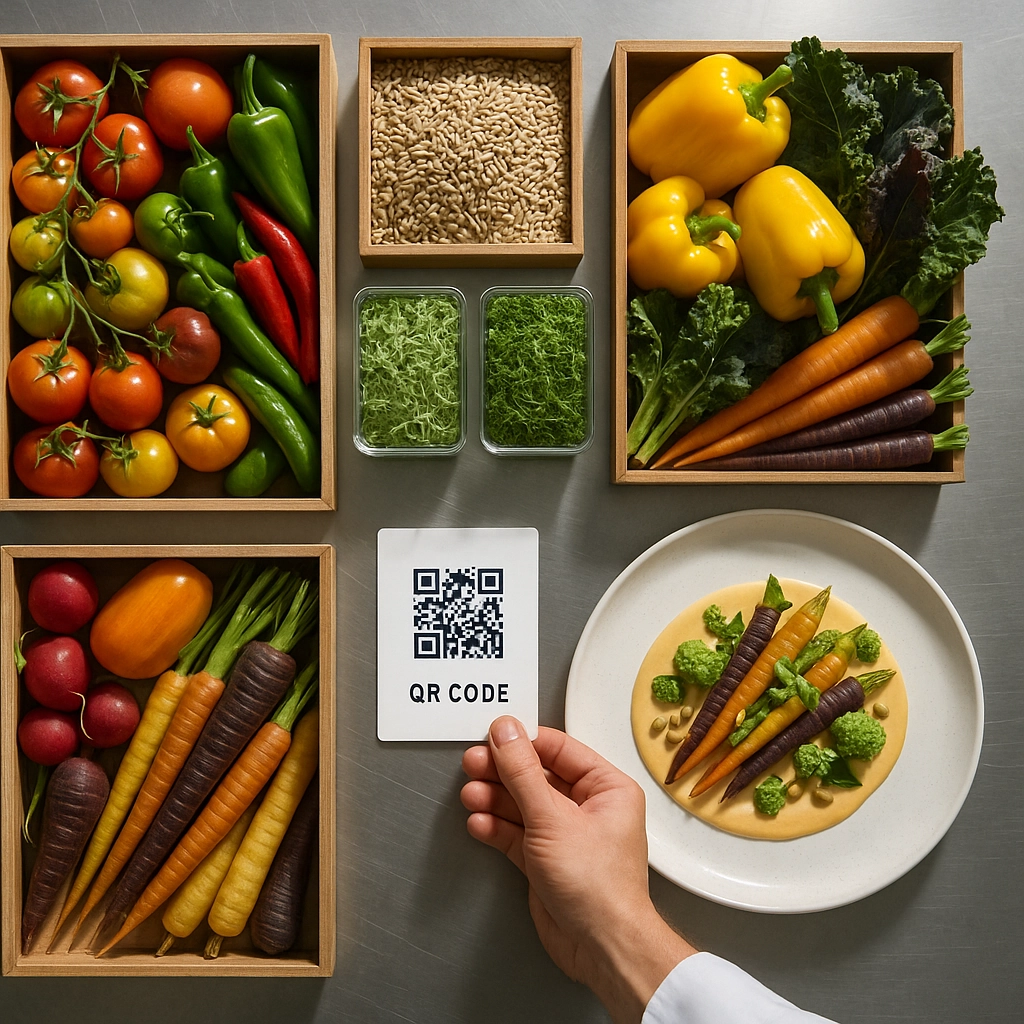
For insights on how technology is reshaping clean label development, read our analysis of how clean label ingredients and tech are redefining plant-based foods.
Next-Generation Alternative Proteins
The plant-based revolution continues evolving with remarkable innovations:
- Hybrid protein formulations blending plant and animal proteins for improved taste and sustainability
- Precision fermentation proteins creating animal-free dairy and egg alternatives
- Cultivated meat reaching price parity with conventional options in select categories
- Mycelium-based meat alternatives delivering superior texture and nutritional profiles
Labor Solutions: Addressing the Persistent Challenge
The labor shortage remains one of the industry's most pressing challenges in 2025. Forward-thinking operators are implementing multi-faceted strategies:
Tech-Enabled Workforce Optimization
- Automated back-of-house systems reducing labor dependencies
- Cross-training technology accelerating skill development and flexibility
- Robotics for repetitive tasks freeing staff for higher-value customer interactions
- AI-powered recruitment tools identifying and engaging promising candidates
"The operators thriving despite labor challenges are those using technology to enhance their human talent, not just replace it," notes Chef David Rodriguez of the Culinary Innovation Institute. "The most successful integration we're seeing combines automation for repetitive tasks with upskilling programs that help staff grow into more rewarding roles." (culinaryinnovationinstitute.com)
Culture and Compensation Innovation
Beyond technology, leading operators are reimagining their entire approach to employment:
- Mental health and wellness programs reducing burnout and turnover
- Flexible scheduling platforms accommodating diverse lifestyle needs
- Career advancement pathways clearly communicated from day one
- Equity and profit-sharing models aligning staff with business success
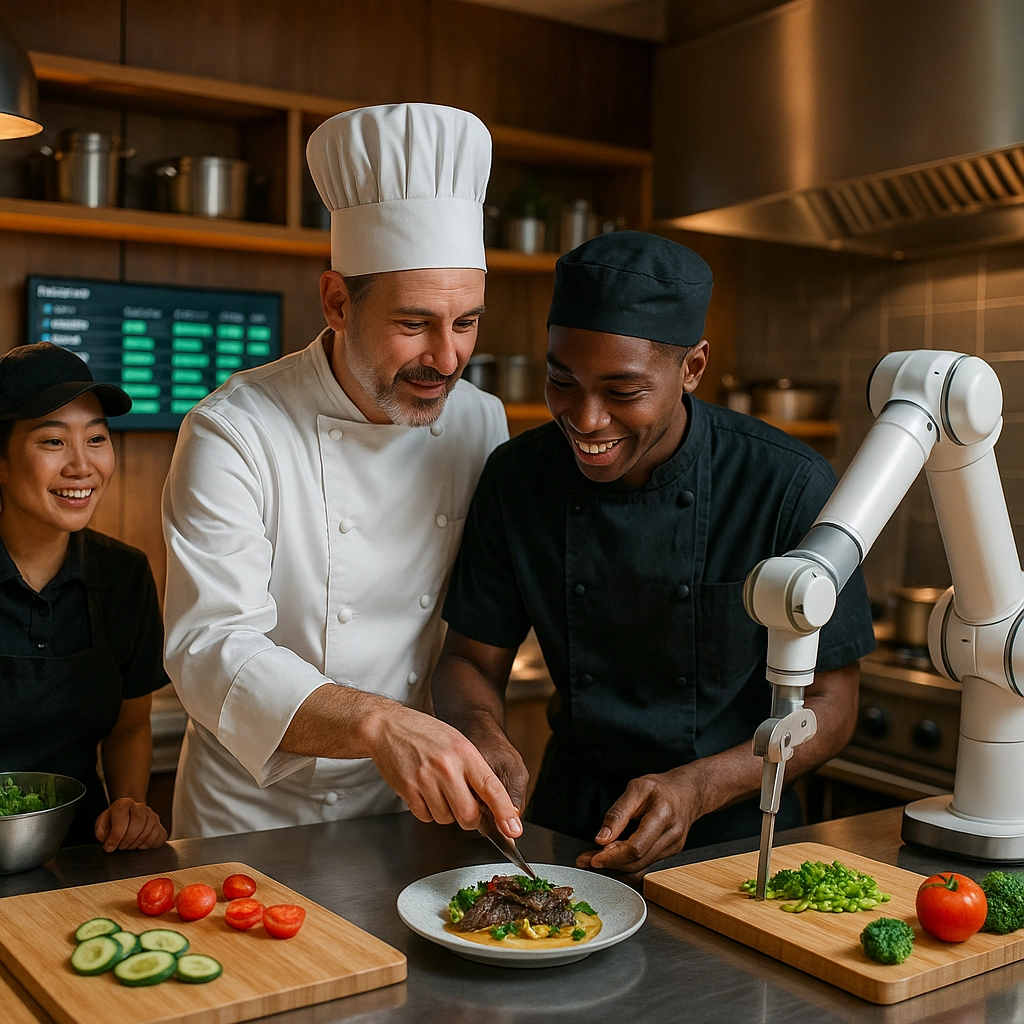
Economic Adaptation: Navigating Persistent Inflation
With inflation continuing to pressure margins, operators are finding creative approaches to maintain profitability without sacrificing quality or alienating price-sensitive customers:
Strategic Menu Engineering
- Smaller portion options maintaining accessibility at lower price points
- Ingredient cross-utilization reducing waste and inventory costs
- Premium upsell opportunities boosting check averages for willing customers
- Data-driven menu analysis identifying high-margin, high-popularity items for promotion
Diversified Revenue Streams
The most resilient operators are expanding beyond traditional dining revenue:
- Productized restaurant offerings creating retail revenue opportunities
- Virtual brand development maximizing kitchen capacity through delivery-only concepts
- Experience-based add-ons creating memorable moments that command premium pricing
- Subscription models generating predictable revenue and deeper customer relationships
For more insights on beverage trends creating new revenue opportunities, check out our analysis of the hottest drink trends making waves in 2025.
Q&A: Essential Foodservice Trend Questions Answered
Q: Which technology investments offer the fastest ROI for operators in 2025?
A: Inventory management AI typically delivers the quickest financial returns, with most operators recouping costs within 4-6 months through reduced waste and improved purchasing. Automated scheduling tools follow closely, with typical ROI periods of 6-8 months through labor optimization.
Q: How are successful operators balancing sustainability with profitability?
A: The most effective approach targets "win-win" initiatives that reduce both environmental impact and costs, such as food waste reduction programs, energy-efficient equipment upgrades, and water conservation technologies. These deliver operational savings while meeting consumer expectations for responsible practices.
Q: What menu innovations are driving the highest profit margins in 2025?
A: Premium beverage programs – particularly non-alcoholic craft options, functional beverages, and premium coffee/tea programs – are delivering the highest margin improvements. These high-perceived-value items typically command 70-80% margins while enhancing the overall dining experience.
The Path Forward: Strategic Implementation
The operators thriving amid 2025's challenges share a common approach: systematic implementation rather than reactive trend-chasing. Consider these steps to strategically incorporate these trends into your operation:
- Conduct a technology audit identifying key operational friction points
- Develop a phased sustainability roadmap with measurable benchmarks
- Test menu innovations through limited-time offerings before full implementation
- Create cross-functional innovation teams including staff from all areas of operation
- Establish clear metrics for measuring the impact of each initiative
Conclusion: Agility Meets Strategy
The foodservice landscape of 2025 rewards operators who combine strategic foresight with operational agility. By thoughtfully implementing the trends outlined in this guide, operators can not only weather current challenges but position themselves for sustainable growth in the years ahead.
For additional insights on technology strategies reshaping the industry, explore our comprehensive analysis of essential tech strategies for restaurants in 2025 and beyond.
Written by Michael Politz, Author of Guide to Restaurant Success: The Proven Process for Starting Any Restaurant Business From Scratch to Success (ISBN: 978-1-119-66896-1) linked to https://www.amazon.com/Beverage-Magazines-Guide-Restaurant-Success/dp/1119668964, Founder of Food & Beverage Magazine, the leading online magazine and resource in the industry. Designer of the Bluetooth logo and recognized in Entrepreneur Magazine's "Top 40 Under 40" for founding American Wholesale Floral. Politz is also the founder of the Proof Awards and the CPG Awards and a partner in numerous consumer brands across the food and beverage sector.



